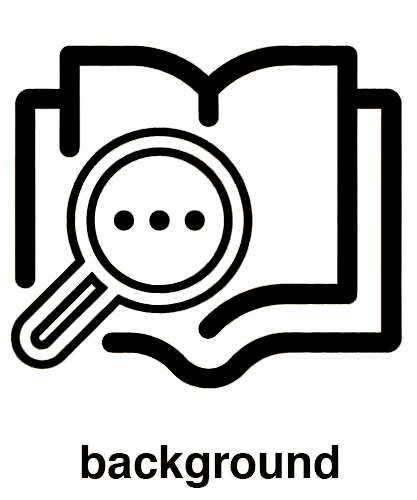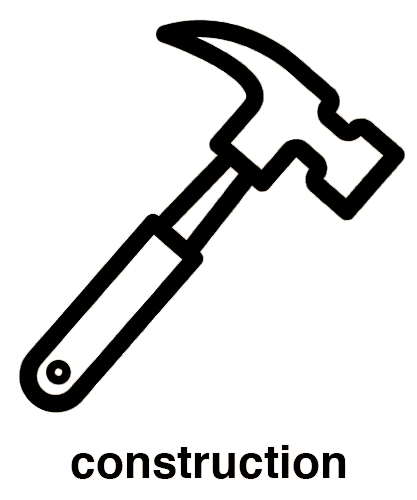-
Projects
- Environment Box
- Passive Refrigeration
- Water Cooling
- Fog Catching
- Roof Geometries
- Optimal Insulation
- Cooler Windcatcher
- Green Machine
- Mitigating Humidity
- Convective Air Flow
- Styrene Reuse
- Thermal Reflection
- ETFE Rigidification
- Phase Change Materials
- Polar Reflection
- Cavity Depth Variation
- Vapor Permeability
- Algae Facade
- Moisture Buffering
- Engineered Geometries
- Recycled Desiccant Materials
- Living Wall
- Solar Shading Facades
- SHADESin.reACTION
- Low-Fab Dehumidification
- Breathing Wall
- Urban Heat Island
- Acoustical Design
- Latent Heat of PCM's
- Insulative Qualities of Air
- About
- Lectures
- Assignments
- Workshops
- Syllabus
- Resources
The buoyancy differences between hot and cool air results in a phenomenon known as thermal stratification, in which hot air rises and cool air sinks. This phenomenon is an issue which architecture responds to. To achieve adequate thermal comfort in the occupied zone, natural ventilation techniques are often employed to mix hot and cool air via convection. There is a correlation between the geometry of a roof and its effect on the thermal stratification of the accompanying spaces. With the varying geometries comes varying depths of thermally stratified layers, which greatly varies depending on a specific climate. As such, buildings located within different climates have different roof geometries. There is a wide body of research comparing the thermal behavior of roof geometries, however, the majority consider the roof geometries of buildings in hot-arid climates. In considering this related research and studying the behavior of vernacular architecture practices of hot-humid climates, such as traditional Indonesian architecture, this project seeks to understand why roofs are designed the way that they are. In understanding this, we as architects can employ specific roof geometries to our architectures to more effectively utilize passive strategies.
|





